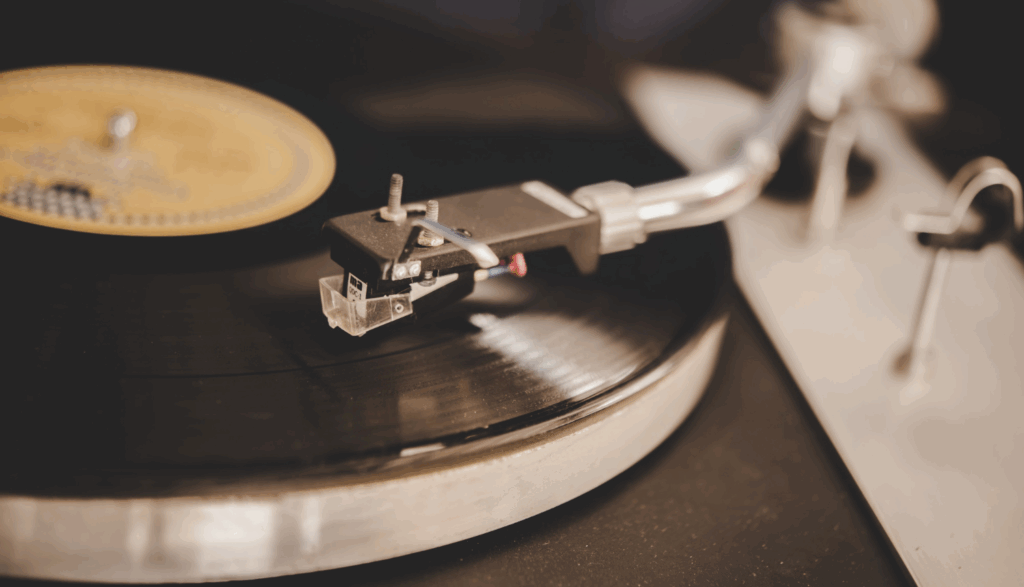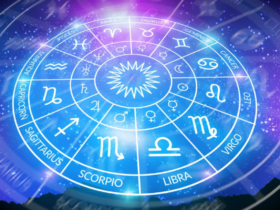Classical music, known for its intricate structure and emotional depth, often follows patterns that feel both mathematical and mystical. Numerology, the study of numbers’ symbolic meaning, offers an intriguing lens to explore how composers craft their masterpieces. Just as numbers can reveal rhythms and cycles in life, they can also shape the flow of a musical composition.
Many classical works are built on numerical symmetry. Composers like Bach and Mozart were known for weaving mathematical principles into their music, creating harmonious structures that resonate on both an emotional and subconscious level. For example, certain pieces are divided into sections that follow the Fibonacci sequence, a natural numerical pattern also seen in art and nature. This creates a sense of balance and beauty that feels instinctively “right” to the listener.

Numerology also influences rhythm and timing. Each number carries its own vibrational quality, which can translate into tempo or the number of beats within a measure. A composer might choose to repeat a motif three times, embracing the number 3 for its creative and expressive energy, or structure a piece around the number 7 to evoke depth and mystery.
Ultimately, numerology adds a layer of hidden meaning to classical compositions, transforming them from mere arrangements of notes into spiritual and mathematical journeys. Whether intentionally or intuitively, composers who align with these numerical flows often produce music that stands the test of time, resonating with listeners on both intellectual and emotional levels.
Related: Unlocking the Universal Year Code: What 2026 (or your chosen year) Brings Numerologically





















